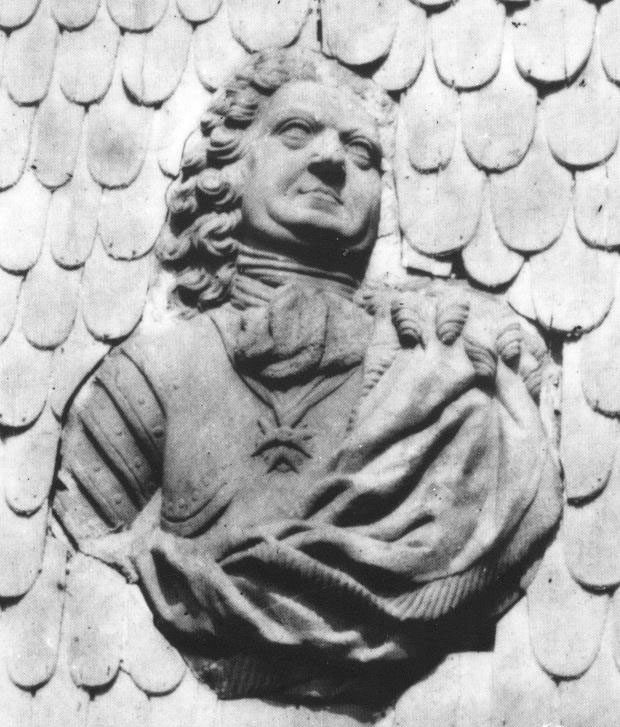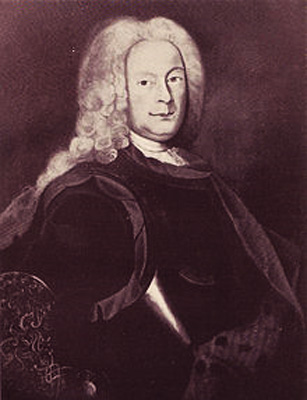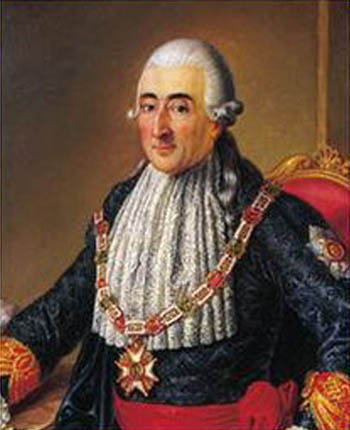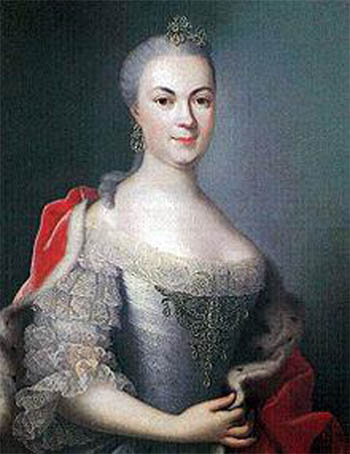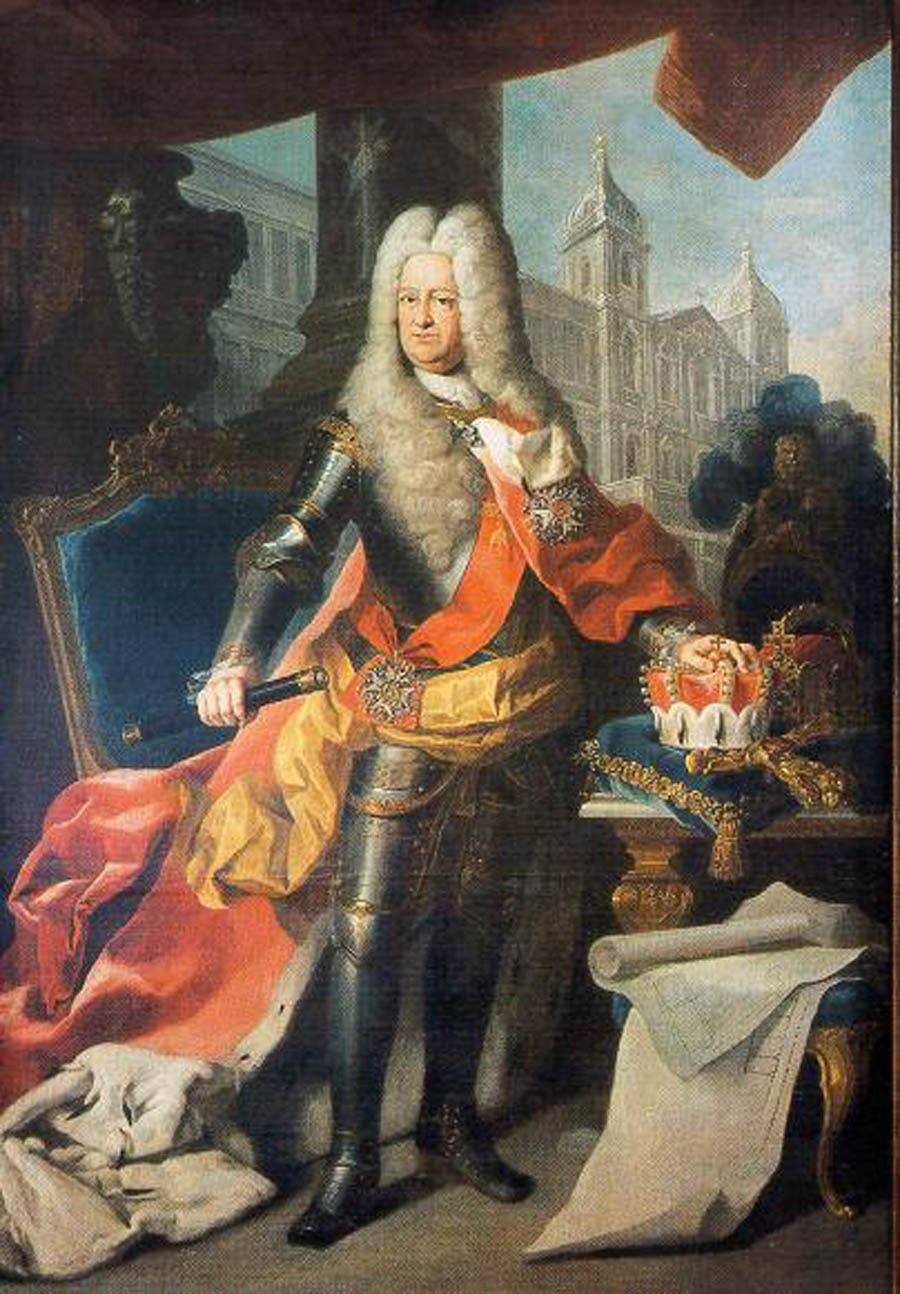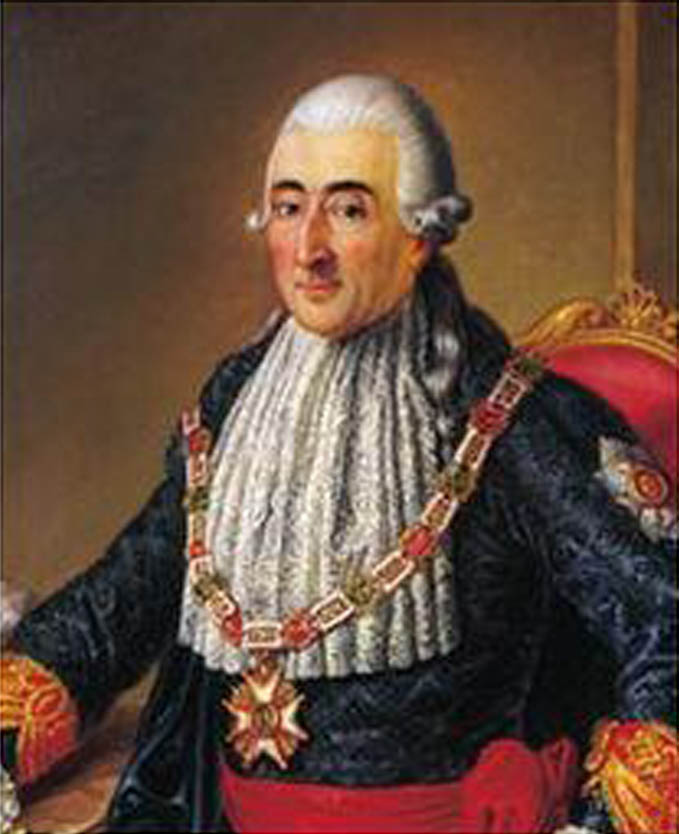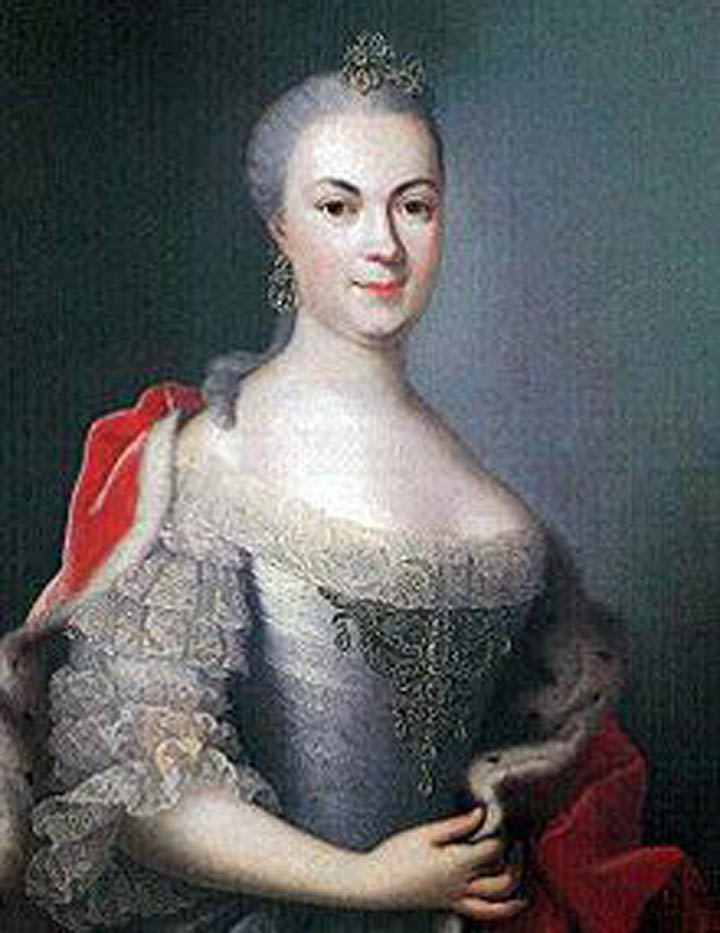Back
Friedrich Carl Christlieb's Associated Connections with Sovereign Families
In the 19th century, genealogy became a popular pursuit in America. The goal of many enthusiasts was to connect with famous persons of the past having the same surname – artists, musicians, industrialists, politicians of renown, and other luminaries. The greatest reward, however, was to find a connection with European nobility. Families of means were more successful than others in this pursuit: The Roosevelts, who were from Dutch nobility, could trace their lineage back to England’s Henry II and III. Millard Fillmore, Franklin Pierce, James Garfield, Calvin Coolidge, and William Howard Taft were delighted to be descendants of English royalty, as it aligned them with presidents George Washington, John Adams, and Abraham Lincoln, whose lineages had previously been traced back to English kings.
Family historian, Benjamin Franklin Christlieb’s ancestral search was somewhat different, in that he knew through his father and grandfather that his great-grandfather, Friedrich Carl Christlieb, “was in some way connected by blood or otherwise, with a reigning family of Germany, the name of which is not carried with the tradition.” B.F. Christlieb, The Christlieb Family, pg. 1.
With letter writing as his only resource, Benjamin Franklin Christlieb was unable to identify the reigning family he sought. However, a hundred years later using information found within his writings, coupled with modern research technology, we were able to trace not one, but three sovereign families, who served as God-sponsors at his baptism-conversion at Dürkheim, on May 20, 1742. These sovereigns were: Prince Elector Karl Phillip III, ruler of The Palatinate of the Rhine; Friedrich Magnus, Count of Leiningen-Dagsburg-Hartenburg; and Christian Carl Reinhard, Count of Leiningen-Dagsburg-Falkenburg-Heideshiem.
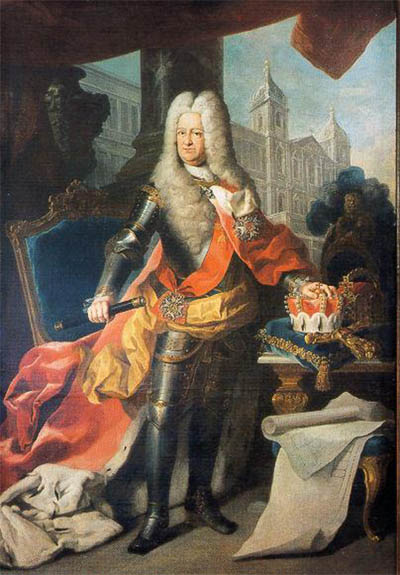
Prince-Elector Karl Phillip III in full regalia of his office. His presence at Friedrich Carl Christlieb’s baptism-conversion was one of his last public appearances. He died four months later at age 81.
Prince Elector Karl Philipp III
Without a doubt, the most prestigious of the three sovereigns, who endorsed Friedrich Carl Christlieb’s baptism-conversion, would have been Prince Elector Karl Philipp III, a descendant of the House of Wittelsbach. Prince Elector Karl Philipp III was a member of the Electoral College of the Holy Roman Empire.
Since the 13th century, it was the privilege of the Electoral College to elect the “King of the Romans.” In time, these rulers were called “Emperors of the Holy Roman Empire.” The title, “Prince Elector” carried great prestige and was second only to being King or Emperor.
Heidelberg, with its great castle, was the capital of The Palatine of the Rhine. The castle had served as residence for the House of Wittelsbach rulers from 1356 to 1720, the year when Karl Philipp moved his capital to nearby Mannheim, a city of his own creation and one of the most modern in Europe. In 1759, Heidelberg Castle met its end, when, after being damaged by wars with the French, it suffered two devastating lightning strikes. Damaged beyond rebuilding, the castle was left as the ruin we see today.
Friedrich Magnus, Count of Leiningen-Dagsburg-Hartenburg
Friedrich Magnus was one of two reigning Counts of Leiningen who witnessed and endorsed Friedrich Carl Christlieb’s baptism and conversion. Present, along with his wife, Countess Anna Christina Eleanore of Wurmbrand-Stuppach, was their son, Karl Friedrich Wilhelm, Count of Leiningen, age 18; Sophie Wilhemine, Countess of Leiningen, age 14, and Karoline Polyxena, Countess of Leiningen, age 1.
Another important individual, who witnessed and endorsed the ceremony, was one Baron von Beusten, Director of the Salt Distillery at Dürkheim, which bore the name, Philippshall. Not only was Baron von Beusten in charge of the principle income source for Friedrich Magnus’ realm, he served as a member of Prince Karl Philipp III’s Privy Council. Other witnesses not mentioned by name in the church entry, were the Count’s Chancellery officials, the Mayor of Dürkheim, and members of the City Council, as well as “all the Steward and Village Mayors throughout the realm.”
Christian Carl Reinhard, Count of Leiningen-Dagsburg-Falkenburg-Heidesheim
Christian Carl Reinhard was the other reining Leiningen Count present at Friedrich Carl’s baptism-conversion on May 20, 1742. Accompanying him were his wife, Katharina Polyxene, Countess of Solms-Rödelheim and Assenheim, as well as their daughters, Countess Marie Luise, age 13, and Countess Karoline Felicitas, age 8. These God-sponsors were recorded in the Dürkheim church register as “the entire most noble House of Heddesheim” [sic. Heidesheim].
Unfortunately for the House of Leiningen-Dagsburg-Falkenburg-Heidesheim, Christian Carl’s only son and heir, Johann Karl Ludwig, died in 1734, some eight years before Friedrich Carl Christlieb’s baptism-conversion. Because there was no male heir, the House of Leiningen-Dagsburg-Heidesheim came to an end, when the Count Christian Carl died in 1766. Its assets were transferred to the House of Leiningen-Dagsburg-Hartenburg at Dürkheim, whose sovereign was the 42-year-old Count Karl Friedrich Wilhelm, son of Friedrich Magnus.
It may of interest to some to learn that these two Houses of Leiningen functioned as one into the 16th century. Known as Leiningen-Hartenburg, it was divided, in 1560, into the lines of Leiningen-Dagsburg-Falkenburg-Heidesheim, over which Count Christian Carl governed and Leiningen- Dagsburg-Hartenburg over which Friedrich Magnus ruled.
The End of Leiningen Rule
Fifty years after Simon aus Frankenstein became Friedrich Carl Christlieb, the Palatine was destroyed by the troops of the French Revolution. The castle at Heidesheim and the palace at Dürkheim were destroyed by fire in 1793 and 1794, respectively. The Electors and Counts, who wielded power in earlier generations, were reduced to mere figureheads. However, inasmuch as Karl Friedrich had been named a Prince of the Holy Roman Empire in 1779, the cloister and chapel at Amorbach were given to him in 1803, as reparation for the severe losses suffered as a result of the war. Generations later, in order to preserve its history, the Leiningen Archive at Amorbach was established. It was at this archive where Friedrich Carl’s Jewish background was verified in 1977.
The destruction of the Palatinate in the late 1790s occurred while Friedrich Carl and Anna Catharina’s sons, Georg, Jacob, and Carl, were safely in America. Had the family not immigrated some thirty years earlier, the sons would most likely been conscripted into the Army. Every person in Friedrich Carl Christlieb’s family would have been victims of that war, and the American Christlieb family would never have come into being.
Sovereign Leadership in the Generation that Followed
In 1742, 18-year-old Count Karl Friedrich, son of Count Friedrich Magnus, was present at Friedrich Carl Christlieb’s baptism-conversion at Dürkheim. It is believed that, upon conversion, Friedrich Carl Christlieb adopted, in reverse order, the young Count’s given names.
As previously discussed in this article, in 1799 Count Karl Friedrich was named a “Prince of the Holy Roman Empire,” thus acquiring the title, “First Prince of Leiningen,” [sic. “Fürst Prinz zu Leiningen”]. The appellation, Fürst, as used here, means “of the highest Nobility.”
Countess Marie Luise Albertine
Count Christian Carl’s daughter, Countess Marie Luise Albertine, was 13 years old when she attended Friedrich Carl Christlieb’s conversion ceremony at Dürkheim in May 1742.
Six years later at age 19, Marie Luise Albertine married Prince George William [sic. Prinz Georg Wilhelm] of Hesse-Kassel. As the brother of the reining prince, Louis IV, George’s responsibilities were vast, including presiding over the prince’s duties at Darmstadt, the capital of Hesse-Kassel.
Through his marriage to Marie Luise Albertine, Prince George acquired the estates of Broich, Oberstein, Aspermont, Burgel, and Reipolzkiarchen.
Following George William’s death, Marie Luise assumed her late husband’s role, at Darmstadt, as representative for Prince Louis IV, at Darmstadt, where she bore the somewhat ambiguous nickname, “Princess George” [sic. “Prinzessin Georg.”]
Postscript: Some may ask, “If we can’t claim a kinship between Friedrich Carl Christlieb and these high-born personages, why bother writing about them at all?” In addition to providing a backdrop of/for the times in which he lived, we believe the following to be the best explanation:
Although Friedrich Carl was not related to these people by blood, he was related to them through association, particularly those dignitaries who were present to witness his conversion from Judaism to Christianity. Of these honors he was most proud – proud enough that he talked about these noble associations with his family. Had he not done so, the information that Friedrich Carl Christlieb was in some way connected by “blood or otherwise, with a reigning family of Germany,” as set down by his great-grandson and family historian, Benjamin Franklin Christlieb, would not have been preserved.

